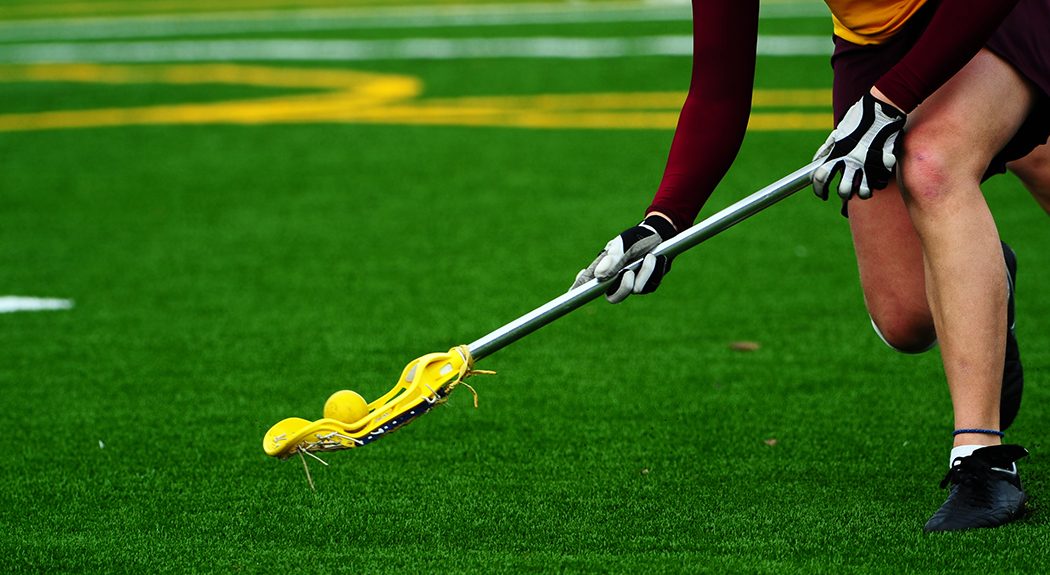Lacrosse is an exciting and fast-paced game that is one of the most rapidly growing team sports in the country. But, the combination of quick changes of direction, contact and a hard ball traveling at high speeds provides the perfect environment for injuries.
There are many differences between girls’ and boys’ lacrosse. High school female lacrosse players are only required to wear protective eyewear and mouth guards, with headgear and gloves optional. The rules prohibit body contact and limit stick checking. Boys’ lacrosse is a full contact sport with mandatory use of helmets, mouth guards and other protective gear. Body and stick checking is allowed. These differences can explain the number and kinds of injuries sustained in male versus female high school lacrosse players.
While boys have a higher overall injury rate than girls, here are a few common injuries in both male and female players:
- Lower extremity sprains and strains are the most common injury sustained by both male and female lacrosse players. These are usually the result of a noncontact injury while running and cutting. Anterior cruciate ligament, or ACL, tears are the most common reason for loss of playing time, with girls having higher rates of knee injuries than boys.
- Concussions are the second most common injury. They occur equally among male and female lacrosse players. Male concussions are usually due to direct body contact, while female concussions are usually due to accidental stick or ball-to-head contact. Because girls are not required to wear helmets, they have a much higher rate of head and facial trauma.
- Hand and wrist fractures are common for both boys and girls from direct contact and stick checks. Females have slightly higher fracture rates due to their lack of padding. Gloves are optional and, if worn, are only lightly padded.
Lacrosse Injury Prevention
Injury prevention starts with strict rule enforcement, but here are a few things players can do to protect themselves:
- Limit head-to-head contact to decrease the risk of concussion. Players, coaches and parents need to learn the symptoms of a concussion. If a player shows signs of a concussion, it’s critical they are removed from the game and evaluated by a certified athletic trainer or medical provider.
- Wear well-fitting protective equipment. Girls should consider wearing helmets to reduce the risk of head and facial trauma. Girls should also consider wearing gloves to reduce the risk of hand and wrist trauma.
- Be proactive in preseason conditioning. This is important for all athletes. You need to warm up and stretch properly and drink appropriate amounts of water, especially during summer months. Athletes should also get plenty of rest after practice and games.
If you experience a lacrosse-related injury, a sports medicine specialist helps speed your recovery and get you back on the lacrosse field as quickly and safely as possible.
 Daniel Redziniak, MD is a board-certified sports medicine orthopedic surgeon with AAMC Orthopedics. He specializes in arthroscopic surgery of the knees and shoulders. He is the team physician for several high school, college and professional teams, including the Chesapeake Bayhawks lacrosse team.
Daniel Redziniak, MD is a board-certified sports medicine orthopedic surgeon with AAMC Orthopedics. He specializes in arthroscopic surgery of the knees and shoulders. He is the team physician for several high school, college and professional teams, including the Chesapeake Bayhawks lacrosse team.




